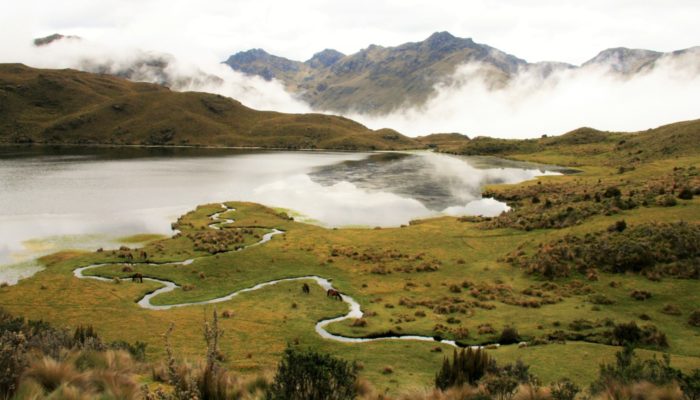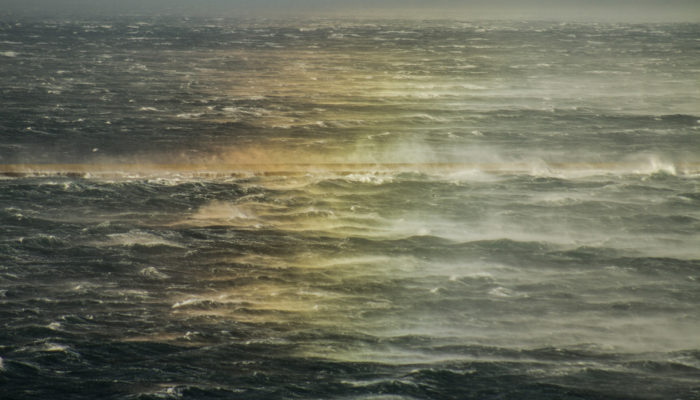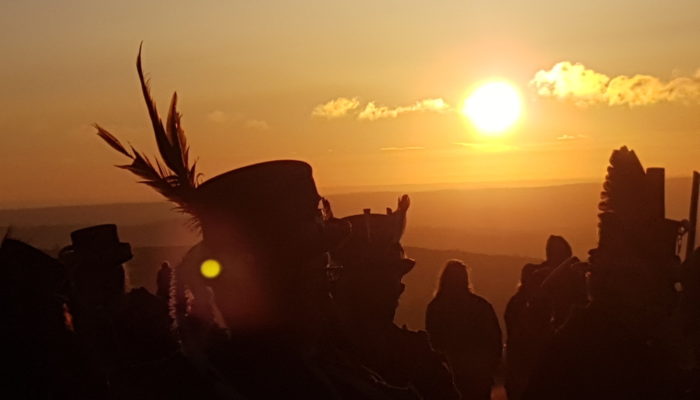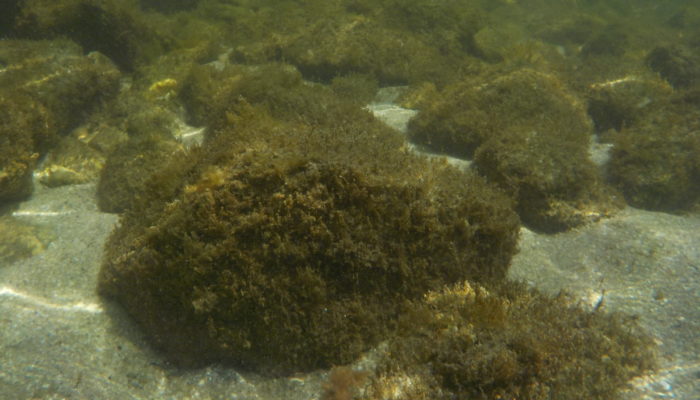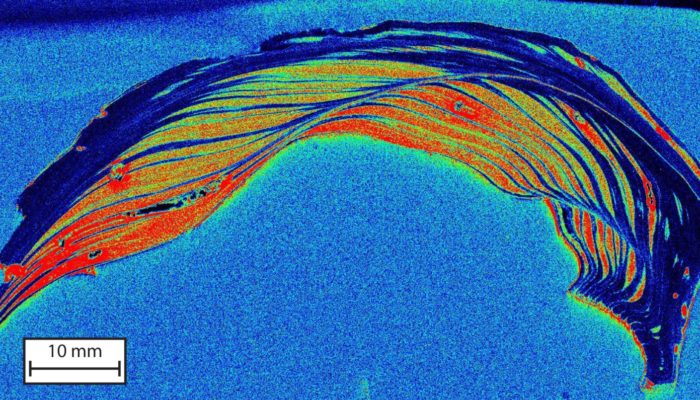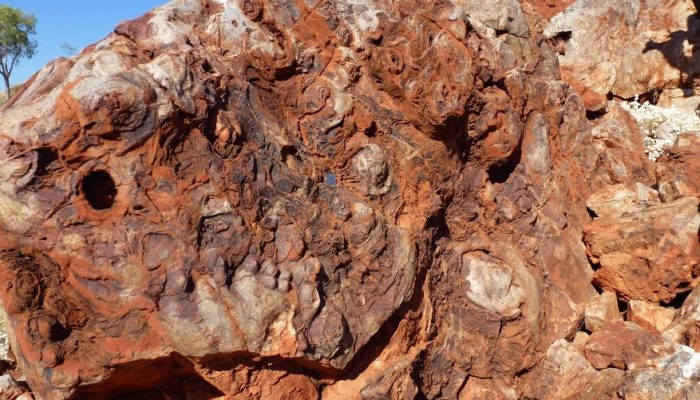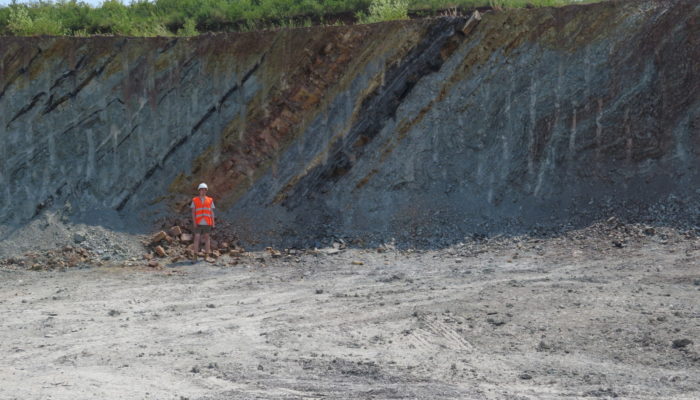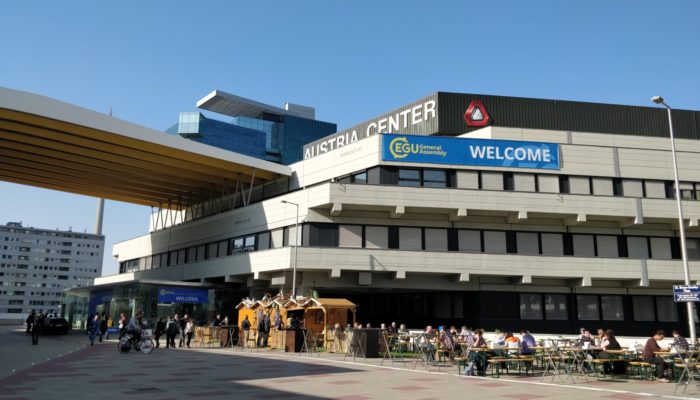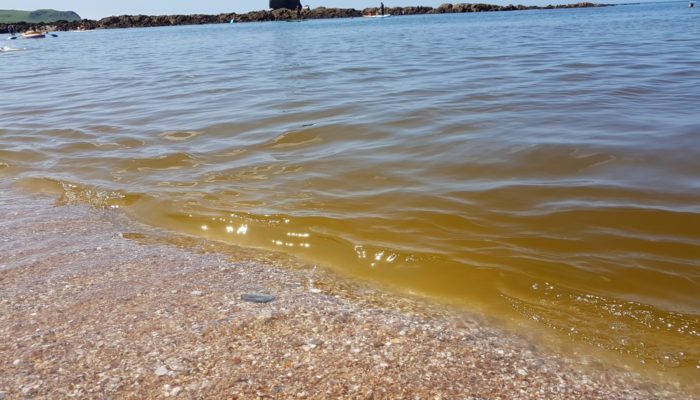The deadline for vEGU21 abstract submission is getting closer and you are still wondering where to submit your abstract before January 13? Why not try one of the stable isotope sessions of BG2 – Methods in Biogeosciences: With Stable isotopes and novel tracers in biogeochemical and atmospheric research (Co-organized by BG2.2/AS4) Getachew Adnew, Jan Kaiser, Alexander Knohl and Lisa Wingate) call f ...[Read More]
vEGU21 BG2 – Methods in Biogeosciences: Stable isotopes & novel tracers
